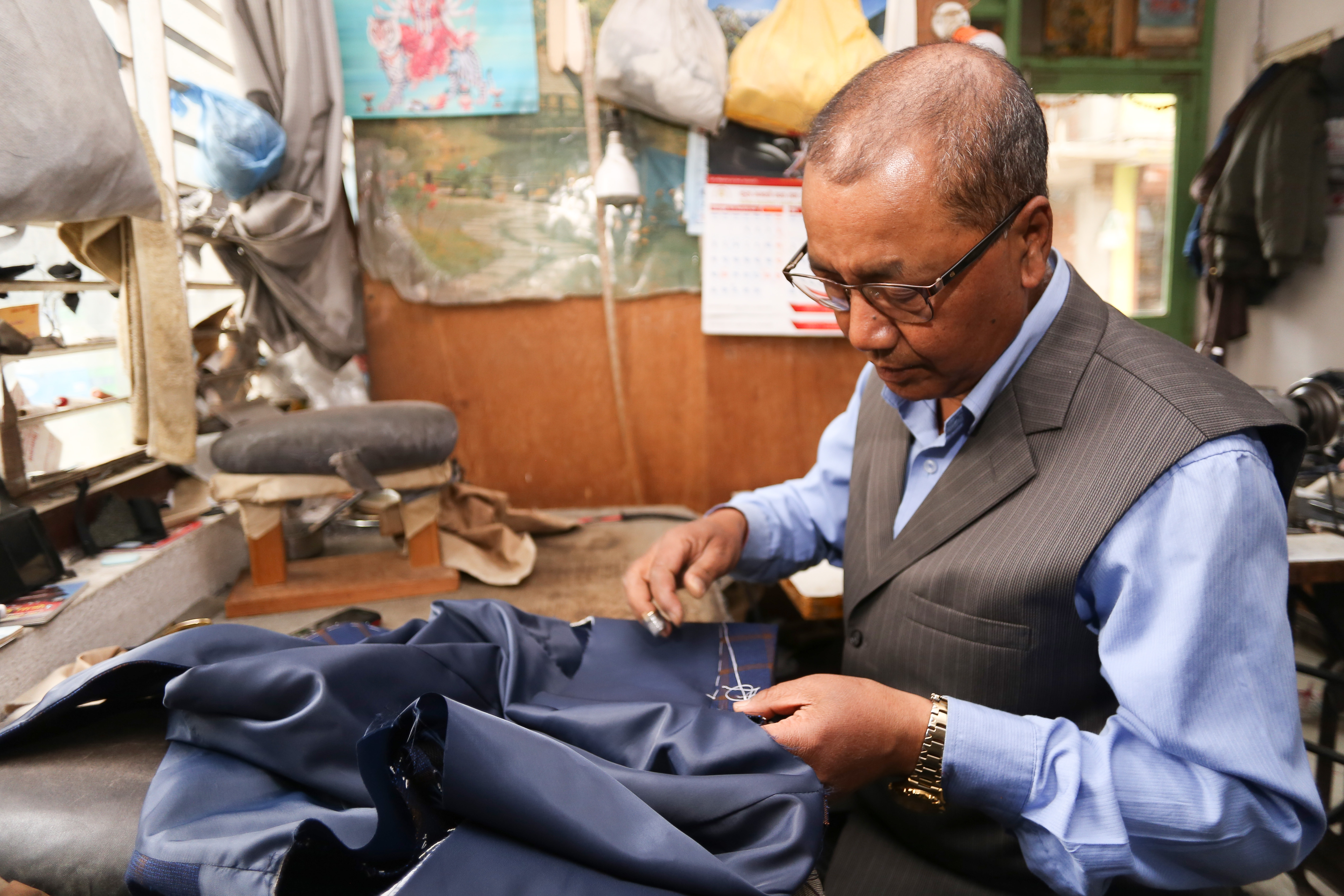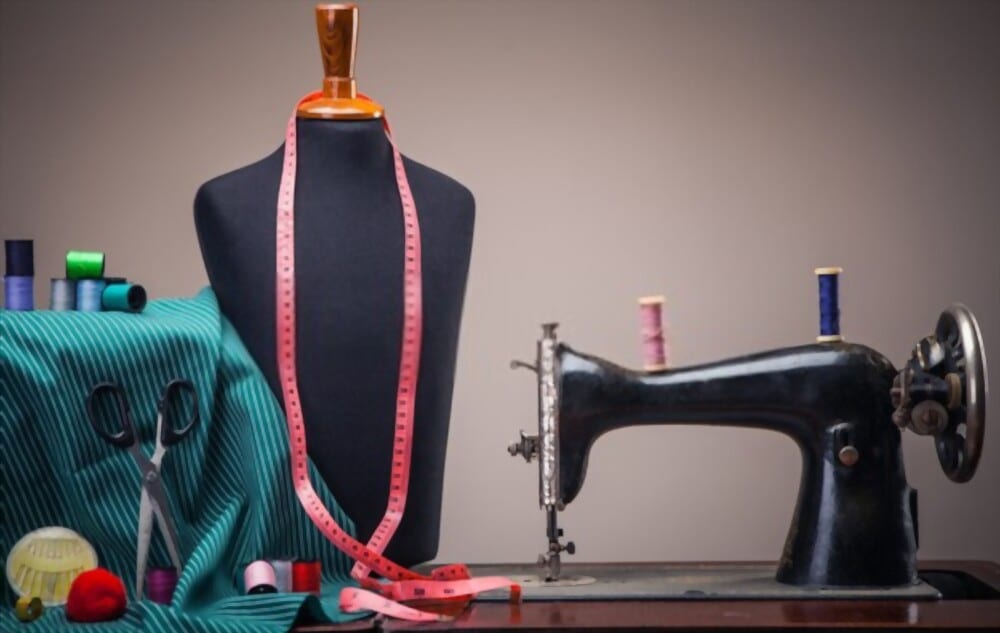Leading Tailor Perth Services: Tailoring Solutions for Perfect Fits
Understanding the Tailoring Refine: From Textile Choice to Final Suitable for the Suitable Closet
The tailoring procedure is a complicated interaction of art and scientific research, beginning with the vital decision of material selection and finishing in the accurate adjustments of final fittings. Each material type brings one-of-a-kind top qualities that influence not only the aesthetic charm but likewise the garment's durability and viability for numerous events.
Significance of Material Option
Picking the right textile is important in the tailoring process, as it directly affects the comfort, toughness, and total visual of the last garment (tailor perth). The selection of textile sets the foundation for the garment's design, performance, and efficiency. Various materials possess special residential or commercial properties, such as breathability, weight, and stretch, which can substantially impact exactly how the garment drapes and fits the body
Moreover, textile selection affects the garment's long life and simplicity of care. Top quality textiles can endure deterioration, keeping their look and structure gradually, while lower-quality products may bring about pilling or fading. Additionally, the best material adds to the garment's ability to transition across occasions and periods, therefore boosting convenience.
A customized piece made from an ideal fabric not only showcases craftsmanship but also elevates the wearer's confidence. As a result, comprehending the subtleties of textile choice is extremely important for any type of tailoring undertaking. It guarantees that the end product not only satisfies the aesthetic wishes of the client however likewise lines up with functional requirements, consequently attaining a harmonious equilibrium between form and function in the customized closet.
Kinds of Fabrics and Their Usages
Comprehending the various kinds of fabrics available is important for making informed choices throughout the customizing process. Each textile has one-of-a-kind attributes that determine its viability for details garments and events.
Cotton, known for its breathability and soft qualities, is perfect for laid-back wear and summer season clothing. Its adaptability permits it to be tailored into everything from t-shirts to outfits. Woollen, on the other hand, is preferred for its heat and framework, making it an outstanding choice for formal matches and outerwear - tailor perth. Its natural elasticity assists garments keep shape gradually.
Silk shows high-end and is light-weight, making it perfect for eveningwear and delicate blouses; nevertheless, it needs cautious handling as a result of its frailty. Linen, with its textured finish, is a preferred selection for cozy climates, supplying a ventilated and crisp feeling, however it wrinkles easily, which might affect the garment's appearance.
Artificial fabrics, such as polyester and nylon, deal resilience and resistance to wrinkles, making them suitable for everyday wear and active clothes. Understanding these fabric kinds and their residential or commercial properties permits better decision-making, making certain that each customized piece not only fits well yet also lines up with the designated function and event.
The Tailoring Methods Discussed
The art of tailoring depends on a variety of techniques that transform material right into well-fitted garments. Central to this process is pattern drafting, where a tailor creates templates based upon the client's dimensions and preferred design. This initial action guarantees that the garment will fit the wearer effectively prior to any type of cutting takes place.
Once patterns are established, reducing techniques enter play. Precision is critical as errors can lead to misfitting garments. Tailors usually make use of various cutting approaches, such as single-layer cutting for intricate designs and multiple-layer cutting for effectiveness on typical patterns.
Basting is another necessary method, permitting tailors to temporarily sew material assemble for a preliminary installation. This approach uses the opportunity to analyze the drape and total silhouette prior to last stitching.
Seaming methods, consisting of flat-felled seams and French seams, enhance the garment's sturdiness and visual appeal. Tailors also utilize strategies such as interfacing and extra padding to give framework and shape to details areas, like shoulders and collars.
Finally, ending up strategies, including hemming and side finishing, guarantee the garment's longevity while providing a refined appearance. Together, these strategies develop the backbone of efficient customizing, resulting in charming, tailor-made clothing.
Suitable Modifications and Considerations

Secret factors to consider consist of the shoulder fit, which ought to neither droop nor limit activity, and the sleeve size, which must enable for comfortable arm activity while keeping a polished appearance. In addition, modifications at the waist can improve the shape, with options to let out or absorb material as needed.
The increase of trousers is an additional crucial element; it ought to rest easily over the hips without causing pain, permitting ease of motion. Hemming sizes for both trousers and skirts must show the user's recommended style while valuing percentages.

Keeping Your Tailored Wardrobe
Appropriate maintenance of customized garments is necessary to preserving their fit and look in time. To make certain durability, normal cleansing is paramount. Always follow the care label instructions, which may suggest completely dry cleaning for delicate fabrics or machine cleaning for more resilient products. Avoid constant laundering, as this can put on down the material and alter the garment's shape.
Storage is just as vital; use padded wall mounts for coats and coats to keep shoulder structure, and store trousers folded up neatly or hung to stop creasing. Secure garments from straight sunshine, which can fade shades and damages fibers.
In addition, routine examinations for minor fixings can prevent bigger concerns. Look for loose buttons, tearing joints, or indications of moth damages, attending to these issues promptly to keep the garment's stability.
Last but not least, think about seasonal turning. Wearing tailored pieces in moderation enables materials to recuperate, extending their lifespan. By executing these upkeep techniques, you can ensure that your customized garments remain as immaculate as the day you first wore them, boosting your suitable closet for several years ahead.
Final Thought
The customizing process, encompassing material choice, experienced methods, and accurate suitable changes, plays a crucial duty in developing garments that enhance both comfort and design. Each phase adds to the general effectiveness of the final item, guaranteeing that clothing not only fits well however likewise reflects individual identity. Understanding the value of upkeep prolongs the life of customized garments, strengthening their worth in a well-curated closet. A comprehensive technique to tailoring culminates in a positive and sleek look.
Choosing the appropriate textile is important in the customizing process, as it straight affects the convenience, resilience, and overall visual of the last garment. The option of material sets the foundation for the garment's efficiency, performance, and style. Various textiles have distinct homes, such as stretch, breathability, and weight, which can dramatically influence exactly how the garment drapes and fits the look here body.
The art of customizing relies on a range of methods that transform fabric right into well-fitted garments.The tailoring procedure, including fabric selection, knowledgeable techniques, and specific fitting changes, plays a critical duty in creating garments that enhance both comfort and design.